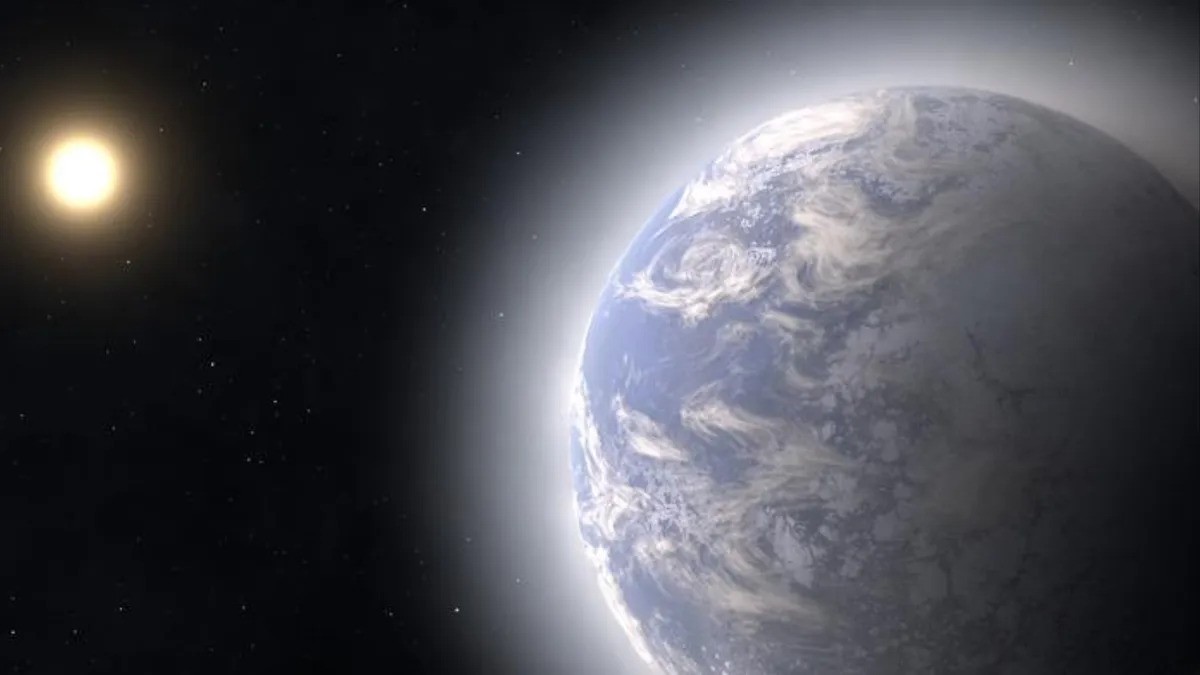Scientists say they have solved the mystery of why there are not enough large super-Earths and small mini-Neptunes in space. They believe that the reason for this is the migration of planets, which lead to a change in their physical characteristics.

Super-Earths and mini-Neptunes
Scientists from the Max Planck Institute of Astronomy say they have understood why super-Earths and mini-Neptunes of a certain mass are so few in space. They claim that the reason for this could be the migration of planets that lead them to the inner regions of Star Systems.
When humanity began to discover exoplanets, they were surprised to learn about the existence of two types of worlds absent in the Solar system. The first is super-Earths, worlds generally similar to our planet, but 1.5-3 times larger than it and often covered with a solid ocean. The second type is mini-Neptunes, the smallest of the gas giants, not much larger than super-Earths in size.
At first, scientists were surprised by their huge number, but then they realized an even stranger thing. The largest super-Earths and the smallest mini-Neptunes, that is, planets with diameters from 1.6 to 2.2 earths, are actually extremely few. And scientists could not explain this gap in any way.
More precisely, there was an explanation. If these worlds were formed next to their star, it would cause their atmospheres to evaporate in a fairly short time, and their radii to decrease. However, the almost complete absence of worlds of this size did not explain this in any way.
Planetary migrations
In the new study, the authors decided to take into account such a phenomenon as planetary migrations. Modern research suggests that in the early stages of the development of planetary systems, when the orbits are not yet stable, their changes can occur quite simply. As a result, they can easily move closer to their star.
The second thing that turned out to be important was the new modeling of the behavior of water on the surface of mini-Neptunes in various conditions. It suggested to scientists a possible solution to the problem of extinct exoplanets.
Most mini-Neptunes and super-Earths form in cooler parts of their star systems. But they easily begin to migrate and eventually end up near the star. There, their fates develop in different ways. Water turns into steam on mini-Neptunes and their gas shells are greatly inflated, but due to the significant force of gravity they do not disappear completely. The planets just kind of get bigger.
The opposite process occurs with super-Earths. Everything evaporates as much as possible, but at the same time gases are lost in space, as a result of which the planet decreases in size. Thus, the worlds seem to be trying to “escape” from the estimated gap of 1.6-2.2 Earth diameters and, in the end, very few objects remain there.
According to www.space.com
Follow us on Twitter to get the most interesting space news in time
https://twitter.comne/ust_magazine


